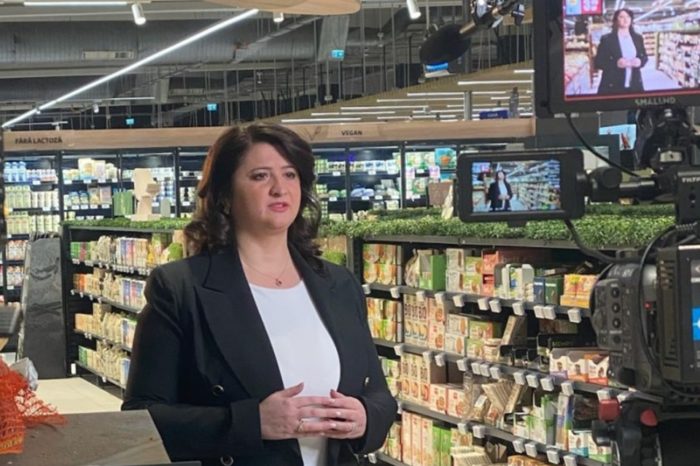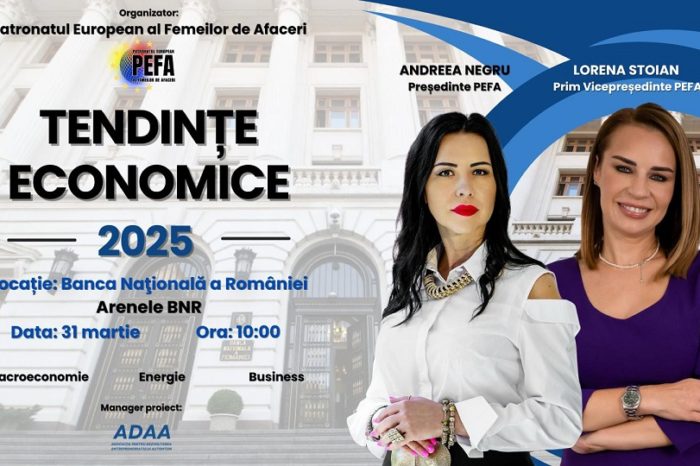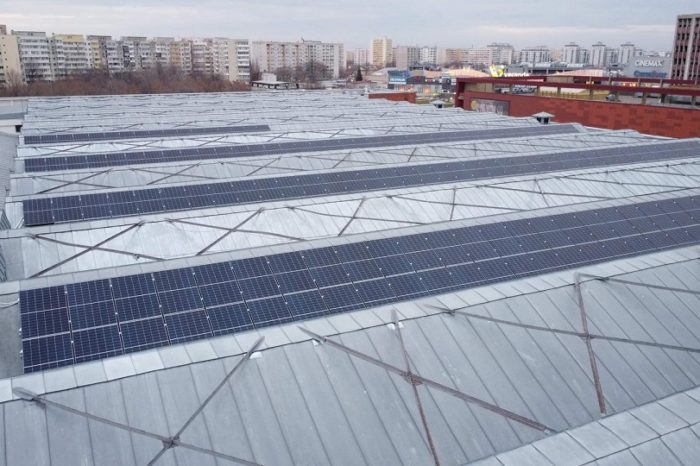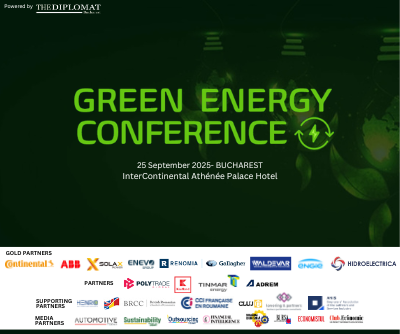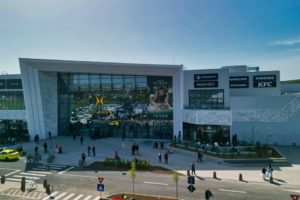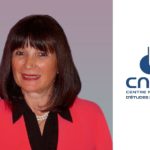INTERVIEW Mioara Mandea, Centre National d’Etudes Spatiales: The French approach in encouraging research and academic career pursuits
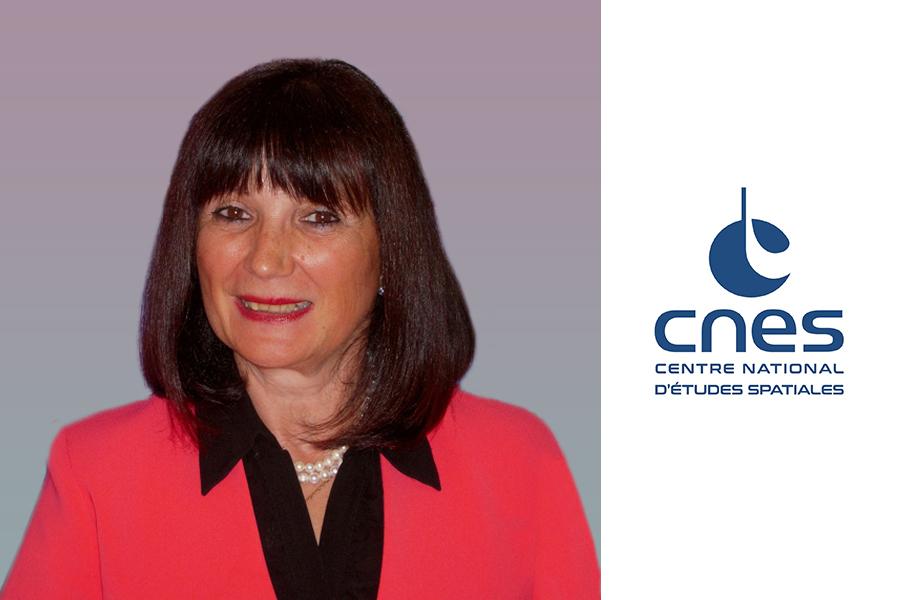
“I always used to say that I am paid for doing my hobby, and not many of us are lucky enough to be able to say that. To be gainfully employed to perform the research or read the books that one wants is to be privileged indeed. Similarly, the opportunity to instruct and to encourage the next generation in search of the same knowledge is an enormous opportunity, as well as a great responsibility. Of course, like any work, research or academic careers have their hardships and their monotony: a lot of research is painstaking and much that goes with teaching is somehow repetitive. In return for this, the satisfaction can be great,” Mioara Mandea, geophysicist, member of the National Council of Astronomers and Physicists (CNAP) and head of the Science Coordination sub-directorate at CNES’s Strategy Directorate told The Diplomat-Bucharest.
What was the reason or the main motivation that influenced your decision in pursuing a career in the field of Geophysics?
Magnetism! As you know, my great passion was and remains terrestrial magnetism, a very complex phenomenon. I started to measure the earth’s magnetic field in the magnetic observatory of Surlari, lost – like almost all magnetic observatories – this one in a forest near Bucharest. It was a complicated, even difficult period, but as Diogenes taught us that…”Hope is the last thing that dies in man”, I hoped. Attracted by terrestrial magnetism (“attracting” is one of magnet properties that you all know, isn’t it?), I started to work on its spatial-temporal characteristics. Among these characteristics of the geomagnetic field, one is the westward drift (very visible in Europe – if you look at a map of magnetic declination at two epochs, only a few years apart!), and I did the same, I drifted west, and here I am, in France.
In 2022, you were named Head of the “Science Coordination” Department at CNES Paris. Can you tell us more about what this new challenge means for you and also what it implies?
Indeed, a new challenge for me, and not only. This department is a new one in the CNES organization, and I had to shape it. “Science Coordination” is a needed structure bringing together people in charge of cross-functional scientific activities (organization of program committees and scientific prospective seminars, theses and post-doc research allocations, support for the call for scientific research proposals, promotion and communication of the results of space research supported by CNES, etc.). I am responsible for coordinating all of CNES’s activities in the field of science with privileged contact with all research organizations and higher education establishments concerning the space scientific activities, at national scale. After one year of intense efforts, today I am pleased to be the Head of a very dynamic and enjoyable team. Moreover, I would to underline that my managerial activities do not stop my “magnetic” passion and scientific engagements. Currently, I am one of the three PIs of an ERC project (GRACEFUL), and I supervise three PhD and five post-docs.
What were some challenges that you had to face in your impressive career trajectory as a woman scientist?
Interesting question… My experience as a geophysicist is how everyone’s experience in science should be. There is no extra effort involved in raising a woman than a man, giving them the same opportunities and encouragement. Maybe I was lucky to have been mentored by open-minded people, but there should be no reason to use the word “luck”!
However, I remember one of my first conferences where I was the only woman present. I was entitled to information on the accompanying persons program! I know how difficult it is to impose yourself in a predominantly male assembly. For this reason, I have been involved in the promotion of women in research, by encouraging schoolgirls, high school girls and students to pursue scientific courses. I am therefore very happy to note that a majority of the students who have prepared their theses under my supervision are women. Testimonies such as those of Aude from Strasbourg, Yasmina from Algiers, Giuliana from Zagreb, Anne from Braunschweig, Anca from Bucharest, Leda from Rome, and many others attest to this. Many have worked with me afterwards. I encouraged them all to pursue their paths of research in their countries. In addition, what a pleasure to see that we share the same enthusiasm in research work!
What do you see as the key difference in the French approach in encouraging research and academic career pursuits and what do you think that the Romanians could change or learn from them?
I always used to say that I am paid for doing my hobby, and not many of us are lucky enough to be able to say that. To be gainfully employed to perform the research or read the books that one wants is to be privileged indeed. Similarly, the opportunity to instruct and to encourage the next generation in search of the same knowledge is an enormous opportunity, as well as a great responsibility. Of course, like any work, research or academic careers have their hardships and their monotony: a lot of research is painstaking and much that goes with teaching is somehow repetitive. In return for this, the satisfaction can be great.
Academic life in France has a great deal of personal freedom. We mostly work for ourselves and, usually, no one tells us what we have to research (a misconception I am frequently surprised to discover among “non-academics”). We construct and teach our own courses and, in addition, we have permanent positions. Having said this, it comes clear that the French and Romanian systems are alike. Nevertheless, I think that it is important to offer Romanian academics a considerable amount of space for their work. In addition, to encourage them to participate in all calls of the European Research Council (ERC), which supports ground-breaking projects and researchers at progressive stages of development. Finally, Romanian scientists and policy makers have to play a real role and to be present on the European landscape.
There is an increased interest in space exploration and space related projects, with governments implementing space strategies and assigning considerable resources and efforts in this direction. How do you see the space industry developing in the near future and why would it be important for Romania to be part of it? What advice would you give young students that would consider a career in this field?
This question is complex. Firstly, space-related science and observation are in a dynamic and rapidly evolving innovation landscape with the era of “Space 4.0”. The space related scientific projects are of course constantly evolving, but nowadays, I have the impression that they are moving into a new phase spurred by technology. Disruptive technologies and increasing numbers of diverse actors are leading to new services and applications. The space sector has been revolutionized by the digital transformation and this sector is more accessible to new actors. The advancements in sensors and their miniaturization, the new computing facilities, the artificial intelligence help the space sector to evolve in areas such as broadband internet access, manufacturing, imaging, and telemetry, to name a few.
Morgan Stanley (2020) have estimated that the global space industry could be worth US$600 billion by 2030 and over US$1 trillion in 2040 (i.e. 500-845 billion EUR), with ripple effects going beyond the aerospace and defense industries to other sectors such as: environment, navigation, telecommunications, agriculture, logistics, financial services and others. “New Space”, i.e The commercialization of the space sector has started diverse activities such as leveraging data and services, or building and managing hardware in space. In this rapidly moving sector, where nanosatellites and constellations are more and more in use, Romania needs to find the right position. As a country member of the European Space Agency, Romania can increase its role in fields as space dynamics, particularly small satellites and tethered systems, earth observation satellite data processing and related applications, magnetic fluids and magneto-fluidic composites, spatial and space technology for risk management and security.
An advice for the earlier carrier scientist? The “spacewoman” or spaceman” of the future needs to be an engineer and a physicist, a manager and an astronomer, a consultant and an analyst. You can see that this job will be as complex and multi-faceted as the Earth’s system is! The most important prerequisite to advancing space technology and science is to enjoy your job! But, in addition, something else is desirable, something I would like to call a “3C must”: Creativity, Collaboration, Communication.
______________________________________________________________________________
Mioara Mandea is currently Head of “Science Coordination” Department at Centre National d’Etudes Spatiales (French Space Agency), Paris.
Mioara Mandea has a broad international education and has worked in Romania, France, and Germany. She graduated in Engineering in Geology and Geophysics from the University of Bucharest before obtaining doctorates from the University of Bucharest in geophysics and geophysical prospecting in 1993 and from the Institut de Physique du Globe de Paris in internal geophysics in 1996. In addition, she received the Habilitation à Diriger des Recherches from the University Paris VII in 2001. She worked with geosciences institutions and universities in Romania (Institute of Geology and Geophysics, Bucharest), in France (Institut de Physique du Globe de Paris and Université de Versailles Saint-Quentin-en-Yvelines), and Germany (Helmholtz Centre Potsdam – GFZ German Research Centre for Geosciences, University of Braunschweig and University of Potsdam).
Mioara Mandea’s research interests mainly concern measuring, mapping, and understanding the multitude of magnetic fields encountered in near Earth and near Earth-like planets. She has concentrated her work in some major directions, participating in the general effort of measuring Earth’s magnetic field from ground to space, developing new tools to model the geomagnetic field and its secular variations (with a special emphasis on geomagnetic jerks), or using the geomagnetic information to determine physical properties in the deep Earth’s interior (with special studies on the lower mantle conductivity or fluid motions at the core-mantle boundary). Her fields of research also include geopotential field mapping, on global or regional scales, with important implications for the understanding of rapid changes within the Earth’s system. Mioara Mandea has published some 280 papers (some 180 being publications in ISI journals, the rest being contributions in further journals, books and chapters in books, proceedings and reports), and has been involved in organizing more than 50 workshops and conferences. She has also led several multi-partner research projects or work packages within projects at the national and European levels. She has supervised more than 15 PhD students.
Mioara Mandea served as Chair of the Outreach Committee of European Geosciences Union (2018-2022), previously as General Secretary (2012-2016) and President of the Division Earth Magnetism and Rock Physics (2007-2011). She is also President of the International Association of Geomagnetism and Aeronomy (IAGA), and served also as General Secretary (2009-2019). She has been granted the Van Straelen prize (French Geological Society), the Hepites prize (Romanian Academy), International Award of AGU, and Petrus Peregrinus Medal of EGU and Emil Wiechert Medal, Deutsche Geophysikalische Gesellschaft, Germany. She is a Titular Member of the Academy of Romanian Scientists, Member of the Academia Europaea, Member of the Royale Académie de Belgique, Fellow of the European Academy of Sciences. She has been elected member of the famous French “Bureau des Longitudes” and received the prestigious French title of “Chevalier – Ordre National du Mérite”.

